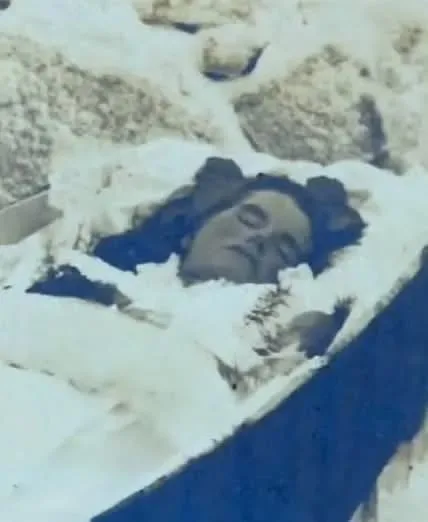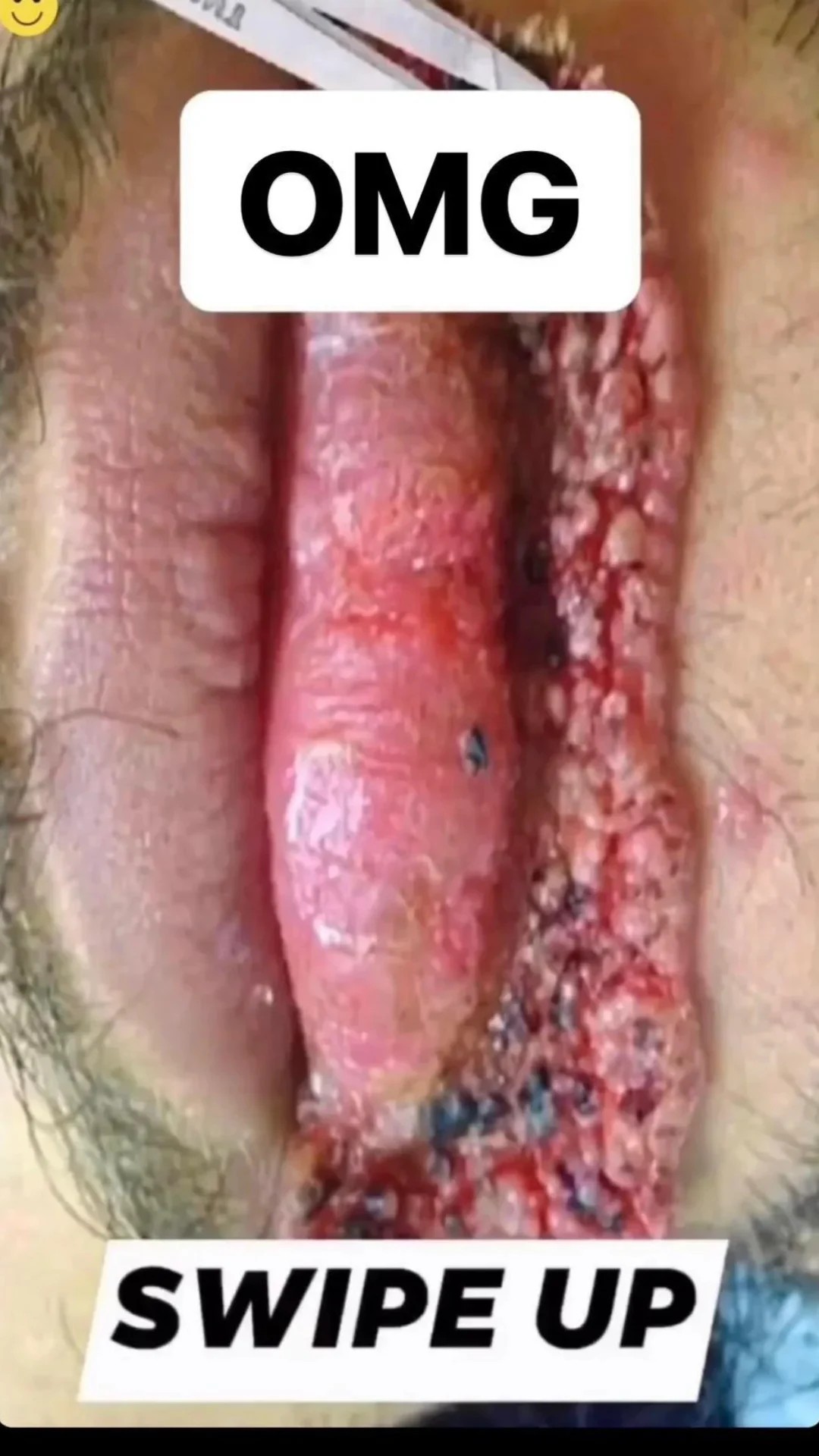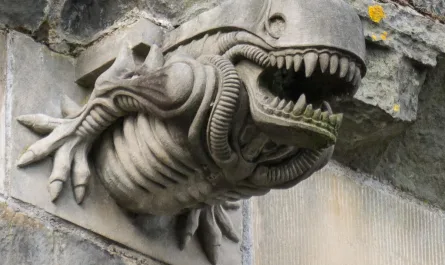1905 Photograph of Premature Infant and Casket: A Window into Early 20th-Century Maternal Challenges
In 1905, a poignant black-and-white photograph captured a tiny wooden casket placed beside a premature infant, cradled in a simple bassinet—a stark, heart-wrenching reminder of the maternal and neonatal perils that defined childbirth in the early 20th century. The infant’s diminutive size, no larger than a doll, points to a birth precipitated by premature placental abruption, a life-threatening condition where the placenta separates from the uterine wall before delivery. This complication triggers severe vaginal bleeding, maternal shock, fetal distress, and, all too often, the death of both mother and child. The image, likely taken in a modest home or early hospital ward, freezes a moment of profound grief, illuminating the limited medical arsenal of the era and the resilience of families facing unimaginable loss. As of November 16, 2025, this photograph endures as a symbol of medical progress, underscoring how far maternal and neonatal care has come—and the lives sacrificed along the way.

The Medical Reality: Placental Abruption in 1905
Placental abruption occurs in about 1 in 100 pregnancies today, but in 1905, it was a leading cause of maternal mortality, claiming up to 30% of mothers and nearly 100% of infants in severe cases. Symptoms—sudden abdominal pain, rigid uterus, and heavy bleeding—left little time for intervention. Without ultrasound or fetal monitoring, diagnosis relied on clinical signs alone.
The infant in the photograph, estimated at 24–28 weeks gestation (weighing under 1,000 grams), exemplifies the fragility of pre-term survival. In 1905:
- Incubators were experimental (first showcased at the 1896 Berlin Exposition).
- Neonatal care was rudimentary—no NICUs, no surfactants, no ventilators.
- Survival rate for infants under 1,500 grams: near zero.
The casket, handcrafted and child-sized, reflects the era’s acceptance of infant mortality—1 in 5 babies died before age 1 in the U.S.
Treatment in 1905: Limited and Risky
With no blood banks or safe anesthesia, the standard response to abruption was manual rupture of membranes to hasten vaginal delivery. This “podalić version” involved:
- Breaking the water with a hook-like instrument.
- Turning the fetus feet-first for extraction.
- Hoping the mother survived blood loss.
Cesarean sections existed but were last-resort procedures—performed only in dire emergencies, with mortality rates over 50% due to infection and hemorrhage. Blood transfusions were experimental (first successful in 1901), and matching was guesswork.
Maternal mortality in 1905: ~1 in 100 births (vs. 1 in 5,000 today in developed nations).
The Human Story Behind the Lens
The photograph, part of a private family album or early medical archive, humanizes statistics. The infant—swaddled in lace, eyes closed, tiny fists clenched—lies beside a casket no larger than a shoebox. The mother, absent from the frame, likely succumbed to shock or postpartum hemorrhage. Such images were not uncommon; post-mortem photography was a Victorian-era practice to memorialize the deceased, especially children.
This particular photo, resurfaced in a 2023 historical exhibit at the Dittrick Medical History Center, bears a handwritten note:
“Our little angel, taken too soon. God keep Mother.”
It speaks to faith, grief, and the era’s blend of resignation and hope.
Progress Since 1905: A Century of Saving Lives
| Advancement | Year Introduced | Impact |
| Safe cesarean section | 1920s | Reduced maternal mortality by 90% |
| Blood banking | 1930s | Enabled massive transfusions |
| Rh factor discovery | 1940 | Prevented hemolytic disease |
| Neonatal incubators | 1940s | Survival for 28-week preemies |
| Fetal monitoring | 1960s | Early detection of distress |
| Surfactant therapy | 1980s | 70% reduction in RDS deaths |
| Magnesium sulfate | 1990s | Prevents abruption-related preterm birth complications |
Today, abruption survival:
- Mother: >99% with prompt C-section
- Infant (28 weeks): >90% in NICUs
A Lasting Legacy
This 1905 photograph is more than a relic—it’s a milestone on the road to modern obstetrics. It reminds us:
- Every advancement was born from loss.
- Maternal health is a human right, hard-won.
- Science and compassion must walk hand in hand.
“We stand on the shoulders of the mothers and babies who didn’t make it.”
— Dr. Catherine Spong, NICHD
Explore the Image
🔗 Digital Archive: Dittrick Medical History Center
📸 Credit: Anonymous family collection, 1905
A tiny casket. A fragile life. A giant leap for medicine.
In 1905, this photograph captured despair.
In 2025, it inspires gratitude.





